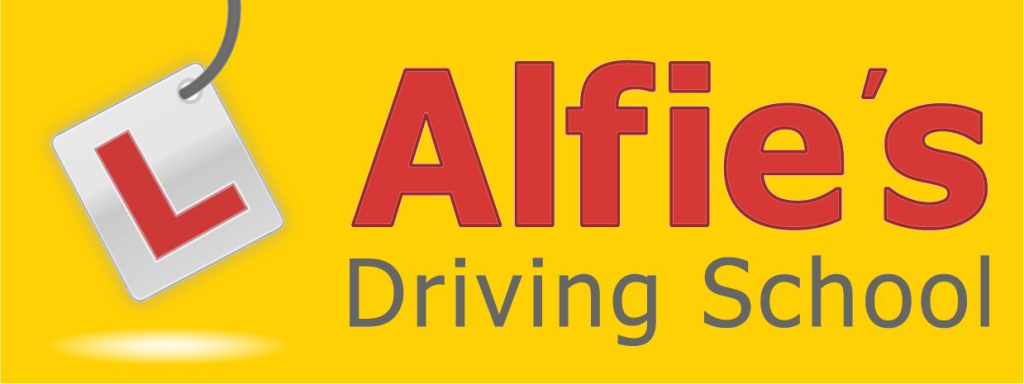Navigating an Unfamiliar Language: Making Sense of Road Signs as a Beginner Driver
As a new driver, the complex system of road signs, lane markings, and traffic signals can seem like a foreign language. With so many colours, shapes, and symbols conveying different meanings, it’s tricky trying to recognise and respond to them all properly behind the wheel. But having a thorough understanding of all road signs is critically important for driving safety. This comprehensive guide will explain every type of road marking and sign you’ll encounter, providing tips and memory aids to help you retain their significance. With time and practice, interpreting this “language” will become second nature and allow you to drive confidently and safely. Let’s get started decoding the signs!
Road Markings: A Colourful Guide to Lane Lines and Symbols
- Painted lines and symbols on the pavement provide crucial guidance about lane usage, turning, parking, and more. Here are some key markings to recognize:
- Solid yellow lines – Separate traffic moving in opposite directions. Stay to the right, do not cross.
- Double solid yellow lines – Indicate no passing zones. Do not attempt to pass in lanes with these markings.
- Broken yellow lines – Also separate opposite direction traffic. You may pass with caution in these lanes.
- Solid white lines – Mark the right edge of the road or separate lanes moving in the same direction. Stay within lanes.
- Double solid white lines – Do not cross these to change lanes.
- Broken white lines – Indicate lane changes are allowed.
- White arrow symbols – Guide you into appropriate lanes for turning.
- Bicycle lane symbols – Indicate lanes reserved only for bicyclists.
- Crosswalk lines – Alert you to pedestrian crossing areas. Yield to walkers.
- Parking markings – Show angle, parallel, or perpendicular parking zones.
Remember: White separates lanes going the same way, yellow separates opposite direction traffic.
Common Traffic Sign Shapes and Colours
The shape and colour of road signs offer visual clues about their purpose before you can even read them:
- Red circle with slash – Prohibitive signs, convey actions not allowed
- Red triangle – Yield signs, slow down and prepare to stop if necessary
- Yellow diamond – Warning of possible hazards ahead, use caution
- Orange diamond – Construction zone warnings to be alert
- Green rectangle – Informational signs for route numbers, distances, etc
- Blue rectangle – Services information for gas, food, hospitals
- Brown rectangle – Recreational or cultural site signs
- Red octagon – STOP sign, come to complete halt
- White rectangle – Regulatory signs explaining rules
- Yellow pentagon – School zone signs demanding reduced speeds
Knowing the colour and shape meanings helps you recognize sign importance at a glance.
Essential Road Signs and What They Mean
Beyond just shapes and colours, you’ll need to comprehend the messages conveyed through text and images on signs. Study these most common examples:
- Stop – Bring vehicle to complete stop before intersection
- Yield – Slow down and yield right-of-way to traffic
- No Turns – Do not make turns in specified direction
- No U Turn – Do not reverse direction of vehicle
- Speed Limit – Shows maximum legal speed, must obey
- No Passing – Do not pass other vehicles
- Keep Right – Stay in right lane except for passing
- Two Way Traffic – Road has lanes going both directions
- Road Work Ahead – Be alert for workers, reduced lanes
- Slippery When Wet – Drive slowly in rain or snow
- No Pedestrians – Walkers should not enter area
- No Bicycles – Bikes not permitted on road, use alternate
- No Parking – Do not leave vehicle parked in designated zones
- Hospital – Healthcare facility ahead, drive carefully
- Railroad Crossing – Look both ways for trains before crossing
- School Zone – Obey reduced speed limit when flashing
- Lane Ends, Merge Left/Right – Current lane is disappearing, move over
- Left/Right Turn Only – Get in appropriate lane to turn
- One Way Street – Traffic flows only in specified direction
- Do Not Enter – Do not drive past sign against traffic
- Wrong Way – You have entered against traffic, turn around
- Keep practising identifying and understanding signs. Quiz yourself on what actions you should take in response to different signs to react safely.
When in doubt about any unfamiliar road sign while driving, slow down and double check roadside manuals to confirm meaning before proceeding.
Remember the Tricky Ones: Rare Signs and Symbols to Note
Some less common road signs can cause confusion for new drivers. Be alert for these:
- Yield sign triangles – Don’t mistake for warning triangles
- Accessible parking symbols – Do not park in blue spaces without permit
- Bike lane markings – Do not drive or park in these lanes
- Reversible lane signs – Indicates lane direction changes at times
- Odd/even date parking signs – Pay attention to parking limits
- HOV lane markings – Requires multiple passengers in vehicle
- Object markers – Used to highlight obstructions near road
Take time to study the Department of Motor Vehicles guidebook sections on rare signage. Knowing these less frequent signs will prevent mistakes on the road.
Tips for Memorising Road Sign Meanings
To help commit all road signs to memory:
- Take practice quizzes testing your sign recognition
- Create flashcards with images of signs and meanings
- Review cards frequently leading up to your test
- Note signs you see driving to reinforce meanings
- Drive with instructor and quiz each other on signs
- Apply mnemonic devices to remember tricky signs
With consistent review, the language of road signs will become second nature. You’ll automatically recognize each one and react accordingly for safe driving.
Understand Signals to Master Intersections
Road signs provide crucial direction for navigating streets and intersections. But you also need to comprehend traffic light signals and pedestrian crossing signs:
Traffic Light Colors and Arrows:
- Red light – Stop behind crosswalk or limit line
- Yellow light – Prepare to stop; do not enter intersection
- Green light – Proceed through intersection with caution
- Flashing red – Come to complete stop, then go
- Flashing yellow – Slow down and cross with care
- Green arrow – Protected turn in direction of arrow
- Red arrow – Do not turn in direction of arrow
Pedestrian Crossing Signals:
- Walk sign – Pedestrians have right of way in crosswalk
- Flashing hand – Finish crossing, but do not start
- Steady hand – Do not enter crosswalk
By familiarising yourself with all intersection signs, you can travel through safely. Use caution, check for pedestrians, and obey signals. Hesitating or guessing can lead to accidents.
Practise Driving Routes With Many Signs
To apply your road sign knowledge on the streets:
- Drive frequently used local roads to reinforce sign meanings
- Navigate new areas with diverse sign types
- Have instructor quiz you on signs seen along the way
- Explain proper actions to take in response to signs
Soon recognising and understanding intersection signs, signals, and markings will feel automatic. With enough practice, you’ll be ready to ace the sign comprehension portion of your driver’s test!
The Language of the Road: Mastering Signs for Safe Driving
Learning the “language” of road signs, markings, and signals is essential knowledge for new drivers. With this complete guide, you’ll understand the meaning behind shapes, colours, symbols, and terms. Don’t feel overwhelmed by the variety of signs. Quiz yourself frequently and reinforce meanings seen while driving. Soon interpreting and reacting to signs will become second nature. Stay alert, obey instructions, and review tricky signs. With mastery of road sign language, you’ll stay safe and confident while navigating any street or intersection.



